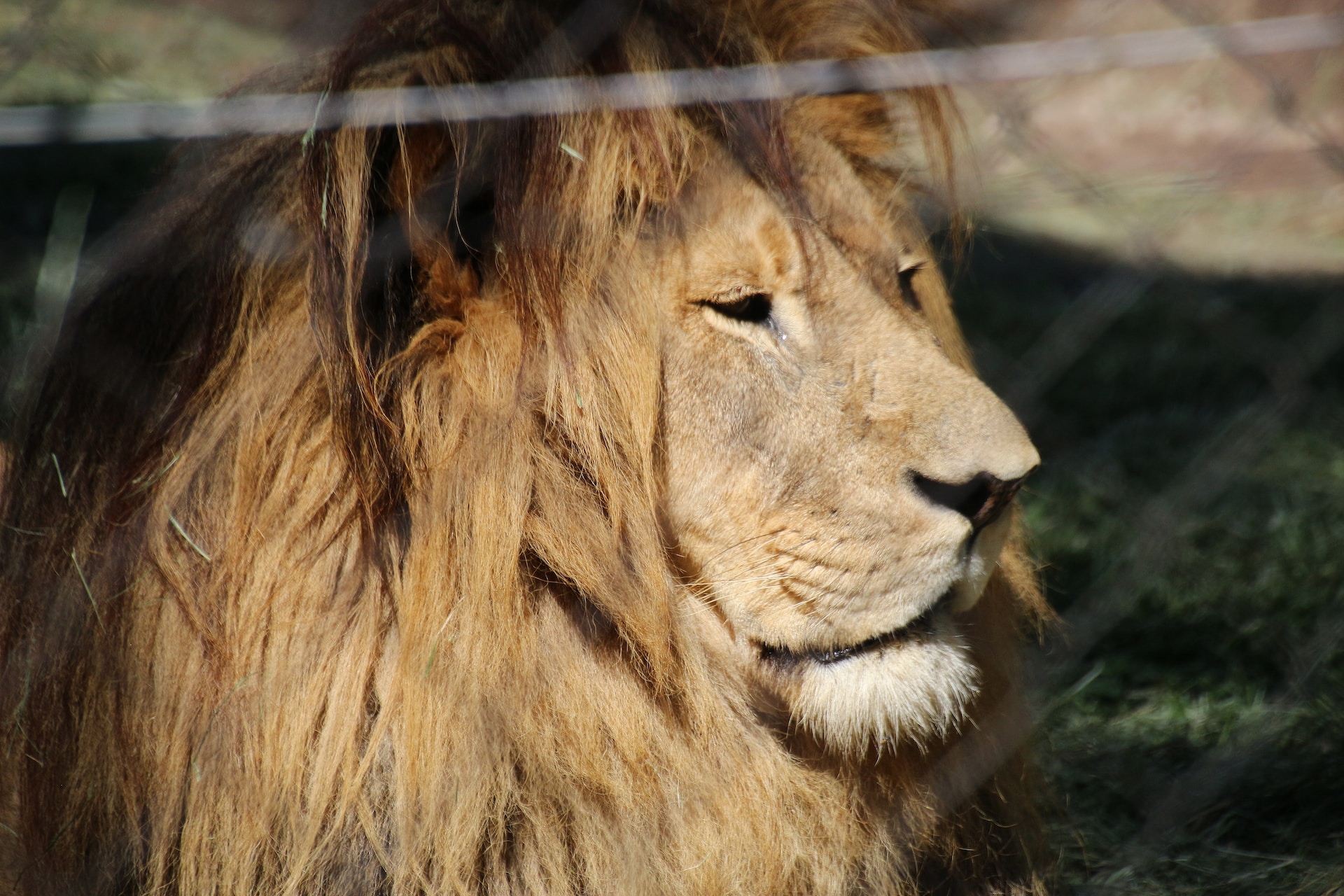As a growing number of eco-conscious homeowners look to create conducive environments for local wildlife, one of the most effective strategies has been through the use of hedging. They not only provide a safe haven for wildlife but also yield an ecologically balanced outdoors. Imagine the delight of spotting a family of birds taking flight from your backyard hedge or tiny insects flitting about them, all within the comfort of your space! So, without further ado, let’s dive into five types of hedges that serve as excellent shelters for wildlife.
Hawthorn Hedges
Renowned for their robust nature and fruiting capabilities, Hawthorn hedges are a top choice to shelter and nourish various wildlife species. Donning stunning white blossoms in spring that transform into brightly colored berries by autumn, they offer a feast for an array of birds and insects throughout the different seasons. Not only that, their dense and thorny structure deters predators, offering a safe nesting sanctuary for smaller creatures. If you’re aiming to encourage a thriving ecosystem in your garden, Hawthorn is your perfect ally!
Mixed Native Hedges
If variety is the spice of life, then a mixed native hedge in your garden can dish up quite the wildlife banquet! Composed of several native plant species, this hedge acts as a mosaic of habitats, inviting a diverse range of biodiversity. From berries, fruits to shrubs and flowering species – a mixed native hedge offers it all. It provides shelter, breeding sites, and food resources, making your garden a hotspot for local wildlife. Plus, it keeps things interesting with a colorful spectacle of blooms throughout the year!
Holly Hedges
Adding Holly hedges to your garden means welcoming an evergreen retreat that offers year-round shelter and food for wildlife. Its dense, spiky leaves create a secure habitat for nesting birds, while its vibrant red berries in winter offer sustenance when food is scarce. This thorny fortress keeps predators at bay, making it a valuable cool-weather refuge. Spotting a robin perched atop a Holly hedge amidst a chilly winter morning – now isn’t that a sight to behold?
Beech Hedges
Not only do Beech hedges add a touch of elegance to your outdoors, but they also serve as an inviting abode for wildlife. Regardless of season, their thick foliage provides ample cover for nesting birds and refuge for various insects. In the autumn, they bear hard, triangular nuts known as mast, a much-loved treat for squirrels, jays, and other smaller mammals. If aesthetic appeal merged with usefulness had a name, it would be undoubtedly called the Beech hedge.
Hazel Hedges
The versatile Hazel hedge is sure to catch the fancy of small mammals and birds alike. It proliferates, producing an abundance of nuts that serve as a rich food source for various creatures, especially during autumn. Not just that, its thick, intertwining branches present an ideal site for birds and small mammals to nest and breed. In cultivating a Hazel hedge, you are establishing a vibrant ecosystem bustling with life, right in your backyard.
All in all, the right type of hedging can turn your garden into a sanctuary teeming with local fauna. Happy gardening!

